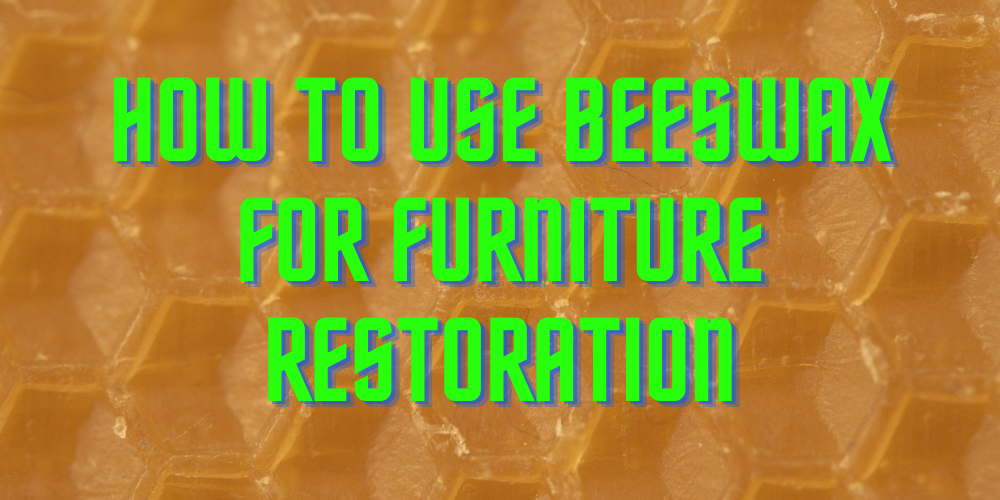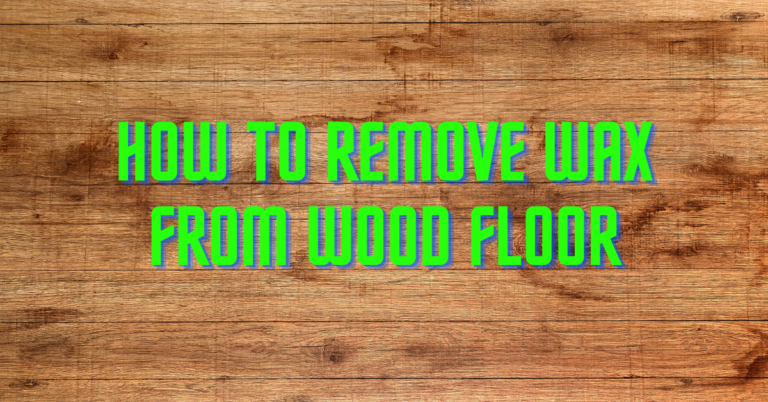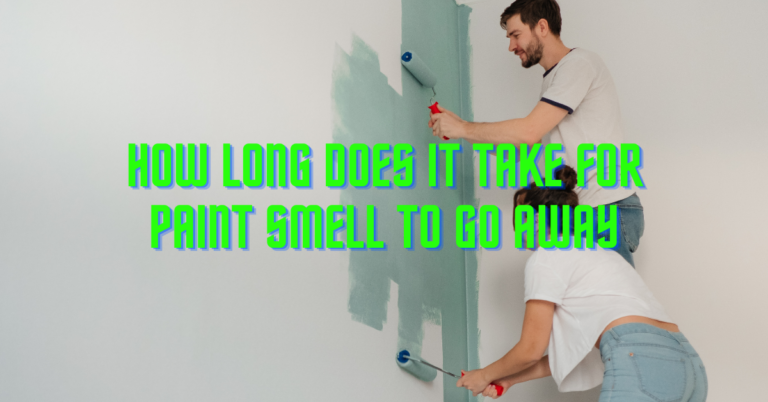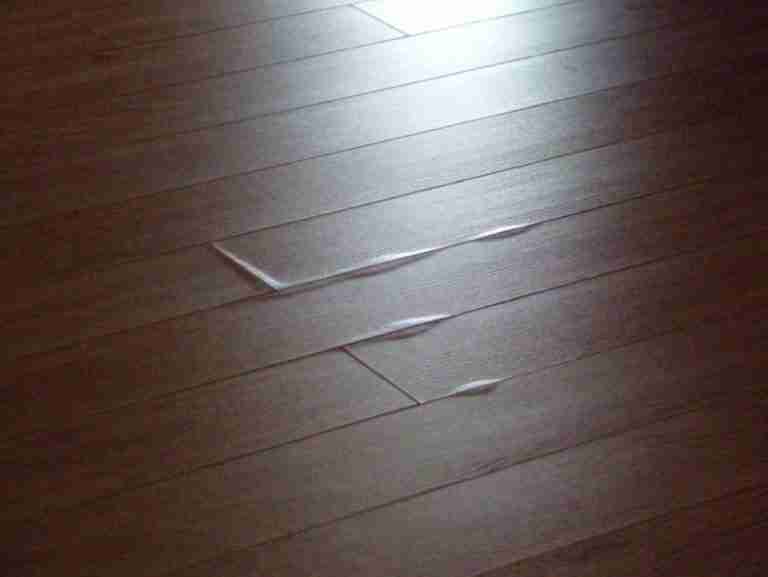How to use Beeswax for Furniture Restoration -Expert’s Guide
Our wooden furniture goes through many tests each day in the face of scratches, stains, and all other consequences of daily use. However, having to maintain this furniture can be quite difficult. I mean, it’s even more complicated when you desire long-lasting furniture.
Though some polishing and finishing products can be harmful to the furniture’s surface, it is often advised to make Touch of Beeswax your choice of use.
Beeswax is perfect for furniture since it’s a natural wax that seals and protects different wood types. It takes little or no effort in applying and yet gives you that natural-looking shine. However, it’s still not all furniture that Beeswax is greatly applied on. But be rest assured that in this piece, I’d enlighten you on how to use Beeswax for furniture restoration and cover all that there is to be known about Beeswax.
All at a Glance
Things you should know about Beeswax.
From the name Beeswax, it tells you it is a natural wax that is produced by Bees. Among several uses of Beeswax, the most common is wood finishing. For quite a while now, it has been the run-to option for people that desires to have an additional layer of protection for their furniture.
The vibrant and glossy coating from the product makes more attractive, the furniture in the best possible way. The bright and lustrous shine pops out the beauty of the wood surface such that it would last for years. This wax solution leaves a sticky-smooth surface without leaving any sticky residue.
The all-natural solution deeply penetrates the wood and eliminates all sorts of damage caused by exposure, dust, etc. Though Beeswax can be used as a protective layer for any wood type, its result is greatly expressed with some wood types, which include:

- Mahogany
- Oak
- Beech
- Teak
- Pine
- Yew
- Walnut
Particularly, these wood types possess high absorbent quality, allowing Beeswax to penetrate more layers of the wood. This doesn’t mean you can’t use it for other wood types. You should use it for almost any wood, and you’d still get that same natural-looking finish.
The quality of this wax polish and finish isn’t the only benefit of the product. Below are some of the reasons why Touch of Beeswax should be considered for your furniture.
Beeswax wood polish and finish: Benefits
Surprisingly, the use of Beeswax isn’t a discovery. Its use has been effective in various products such as sealing wax, threads, ropes, sealants, and candles. It’s not only restricted to all of these. Even modern products also take advantage of the versatility of this raw product.
The various cosmetics industry, for instance, now uses Beeswax for soaps, lip balms, lotion, and even baby skincare products.
And now, Beeswax is used in different homes to clean and preserve your expensive furniture.
Below are some of the benefits of using this wax for wood polishing and finishing.
Environment friendly
Using Beeswax products ensures you have the most natural solution at hand. Many modern cleaners, polishers, and finishers contain toxins and chemicals that are harmful to the skin, and some of them are irritants, of which most customers are unaware.
So because you’re always in contact with your furniture and other wooden items at home, there is every likelihood that your skin would react to these unnatural elements.
However, this is not so for Beeswax. Using natural ingredients reduces any environmental effects.
- Non-toxic and safe
Due to the amazing property of Beeswax being sourced directly from nature, harsh chemicals need not achieve the premium look on any wooden surfaces, which means it is non-toxic. In this regard, Beeswax can be used practically anywhere in your home.
Lots of kitchen items are made of wood, so with the help of Beeswax, you can help extend their longevity. And because Beeswax products are made without any harmful chemicals, it is entirely safe to get your kitchen items treated with Beeswax.
Also, your kiddies’ wooden toys could also be made more durable using this product.
Meanwhile, even when ingested, it has no adverse effects on children.
- High level of effectiveness
Compared to other natural products, Beeswax brings premium quality to any type of wooden surface. The raw materials used in Beeswax finish and polish already have active ingredients that produce high-quality results. Moreover, there is practically no such thing as distortion or damage to the wooden surface because of its natural source.

- Easy to use
Perhaps you felt overwhelmed while trying to add a protective coating to your furniture. The good news is that the application of Beeswax comes with ease as you only need a piece of cloth to apply it. Having to wipe your furniture with a cloth that contains Beeswax should suffice as a protective layer.
You don’t even need the skill to balance out the strokes for the brush you’re using, which is a common issue that you’d experience, especially if using varnish.
Application of Beeswax for wood finishing and restoration.
Tools and materials
- Orbital sander
- Lint-free cloth
- Various grit paper (100-180)
- Intensive wood cleaner
- Beeswax wood polish
- Cotton rag
How to use beeswax on furniture
- Thoroughly clean the wooden surface.
It is more like a rule of thumb to always clean wooden surfaces before refinishing. Perhaps the surface is clean, but if you’re more skeptical about the debris, you can use warm soapy water while you scrub gently.
After that, you rinse the surface properly and allow for it to air dry. However, if you intend to work on a whole new surface, you want to strip all the old paint, varnishes, waxes, and other finishes.
So, in this case, using a heat gun and a paint thinner or scraper may not be enough. You can consider using citristrip stripping gel on furniture on the surface in question and allow it to sit for about 30 minutes to an hour thereabout. Scrap off the loosened finish and repeat the process if required.
Finally, wash the surface thoroughly with an intensive wood cleaner and enough water. Blot out excess water and allow the surface air to dry thoroughly.
Sanding
This is one crucial step in this process as it helps smoothen out the wooden surface, which in turn aids in absorbing the wax polish.
Start sanding using 100 grit sandpaper while you work in the direction of the wood grain. A sanding machine or block may be needed, depending on the size of the wooden surface. You want to ensure that you sand every inch of the wood furniture to be polished.
After that, you go over the final round of sanding using 180 grit sandpaper. This gives you a smooth and even surface that would help pop under the wax.
Vacuum the sanding dust and use a dry cloth to eliminate every grain of dust on the wood surface.
Firstly, apply a layer of Beeswax wood polish and allow it to dry.

Once your wooden surface is clean, get a lint-free cloth for the application process. All you need here is just a little bit of wax, not too little, not too much—just moderate quantity.
Take a bit of the wax from the jar using the cloth and apply it to the furniture using long sweeping strokes along the wood grain. Repeat the same process over the entire wood furniture surface while you ensure the wax remains light and uniform.
Then you give it about 15-20 minutes to dry, depending on the temperature and humidity in your region and the wood porosity. This is to allow the wood enough time to absorb the wax, which would, in turn, provide an ample surface for the next later to adhere without smudging.
Reapply another later of Beeswax
Just in the same fashion as the first coat- light amounts with gentle, long strokes, reapply another layer of the wax. Use a clean spot on the lint-free cloth you’re using.
Raw or unfinished wood requires at least three layers of Beeswax wood polish, while an already finished wooden surface is just fine with two layers of wax. Once you’re done with this, let it dry to the touch, then get a clean rag and rub it on the waxed surface in a circular motion.
This process helps to remove excess polish and smoothen any build-up wax in corners, which allows the finished product to develop a shine.
Conclusion – How to use Beeswax for Furniture Restoration
Beeswax is a natural coating that became a run-to for many people that wants their furniture preserved. It has several benefits that could be gotten from it, most especially with protecting and making it look more attractive than bare wood. However, you need to see the disadvantages of beeswax finish here.
Now that you have full knowledge of applying Beeswax to wood restoring dull or damaged wooden surfaces has never been easier.
However, before using the beeswax wood polish, ensure your wooden surface is clean and properly sanded.
I hope you find this post insightful.
Important Reads:







